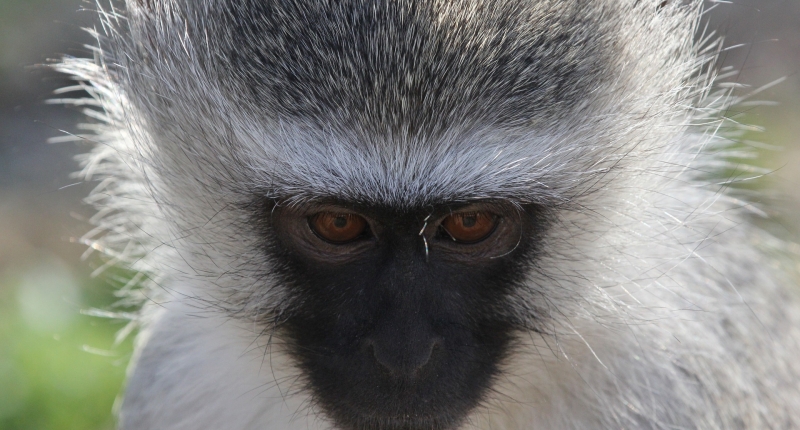Effects of Climate Variation on Wild Primate Populations

As the climate changes, there is a growing need to understand how climate variability will affect threatened and endangered species. Wild primate populations may have a low capacity to adapt to climate change due to their highly fragmented ecosystems and limited ability to shift their geographic distribution.
To understand which primate species may be most impacted by climate variability, researchers with the Primate Life Histories working group studied seven wild populations in the tropics. Their new paper, published recently in Global Change Biology, provides a quantitative basis for predicting how climate change might impact the survival and fertility rates of these primate populations over the long-term.
The researchers found that most primate survival and fertility rates had low sensitivity to climate variability. The fertility rates of three primate species showed strong sensitivity to climate variability, likely due to their strong seasonal breeding patterns.
The findings suggest that moderate changes in the climate system will unlikely be the primary cause of extinction risk in most primate species. Primates are at a higher risk of extinction from indirect effects of climate change, such as habitat loss, disease, and declining ecosystem health.
---
Does climate variability influence the demography of wild primates? Evidence from long-term life-history data in seven species
Campos, F.A., Morris, W.F., Alberts, S.C., Altmann, J., Brockman, D.K., Cords, M., Pusey, A., Stoinski, T.S., Strier, K.B., Fedigan, L.M.
Global Change Biology, June 2017, doi: 10.1111/gcb.13754
